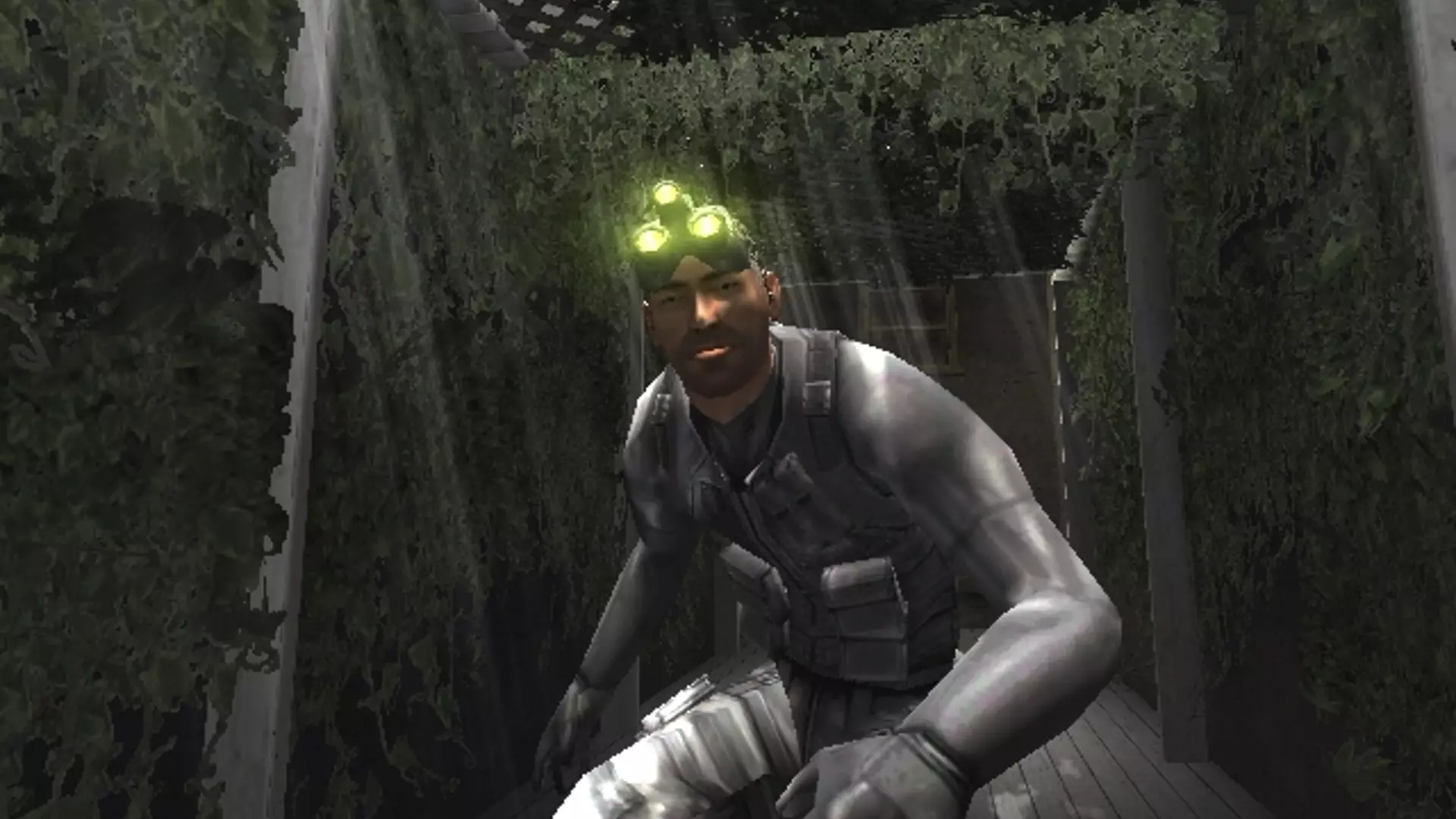In the realm of stealth video games, few titles hold a candle to the brilliance of “Splinter Cell: Chaos Theory.” Released during a pivotal moment in gaming history, this installment brilliantly showcased the limits of its hardware while introducing innovations that would shape future titles. Creative director Clint Hocking, a pivotal figure behind both “Chaos Theory” and its predecessor, articulated a fascinating truth: the developers had stretched the capabilities of the original Xbox to their utmost bounds. The game stands not just as a testament to stealth mechanics but also as a beacon of technical excellence in the early 2000s.
The Catalyst for a Gaming Revolution
The arrival of the Xbox heralded a significant change in the gaming landscape. While the PS2 was reigning supreme, Microsoft’s foray into console gaming initiates what Hocking describes as a “paradigm shift in rendering technology.” As a latecomer, the original Xbox provided developers with a more robust platform, empowering them to push the envelope of graphics and gameplay in unprecedented ways. This era of evolution was not instantaneous; it required time, experimentation, and the genius of developers like Hocking to familiarize themselves with this new realm.
As Chaos Theory hit the shelves just months before the launch of the Xbox 360, it epitomized the culmination of years of trial, error, and creative ingenuity. The way light and shadow interacted in-game was groundbreaking for its time, allowing players to immerse themselves fully in the role of secret agent Sam Fisher. Each dark corner, illuminated by dynamic lighting, further intensified the thrilling gameplay, amplifying the tension of stealth missions.
A Benchmark in Game Design
While many games released around the same time vied for players’ attention, “Chaos Theory” carved out a niche that blended cutting-edge technology with rich storytelling and gameplay depth. The intricate levels and attention to detail not only reflected the capabilities of the Xbox but also established a benchmark for subsequent games in the genre. Critics and players alike lauded its well-crafted levels, seamless AI interactions, and strategic gameplay, positioning it as a high-water mark for future stealth games.
The technical accomplishments of “Chaos Theory” solidified its reputation as a standout title across multiple platforms, but it was the Xbox version that truly shone. It wasn’t merely about graphic fidelity; it was about how the technology enhanced gameplay and immersion. In this light, “Chaos Theory” not only represents a pinnacle of what the original Xbox could achieve but also acts as a historical touchstone for analysis in gaming evolution.
Legacy of Innovation
Reflecting on the impact of “Splinter Cell: Chaos Theory,” it’s clear that this title transcended mere entertainment. It served as an inspiring prototype that influenced not just stealth mechanics but also a generation of developers keen to experiment with graphical capabilities. This game did not just thrive in its era; it became a crucial stepping stone toward the innovations that define today’s gaming technology. The legacy of “Chaos Theory” is one of fearless exploration, pushing boundaries and redefining what is possible in game design and narrative, inviting future generations to continue this thrilling journey toward greater heights.


Leave a Reply